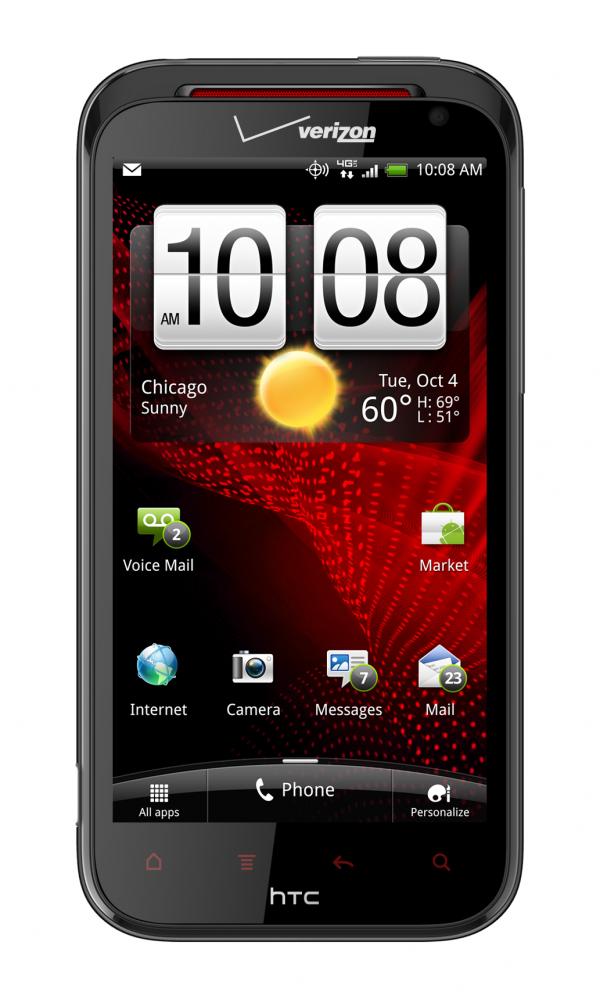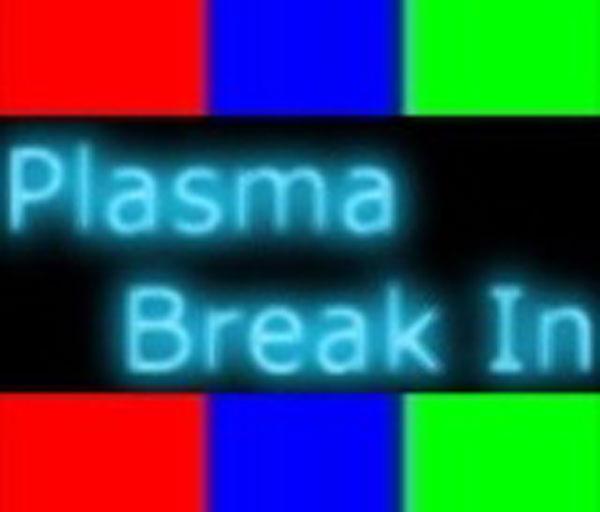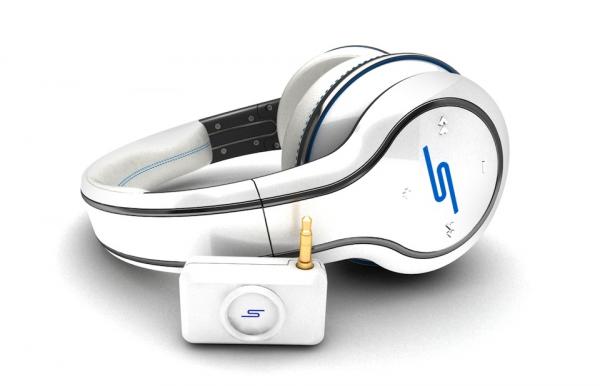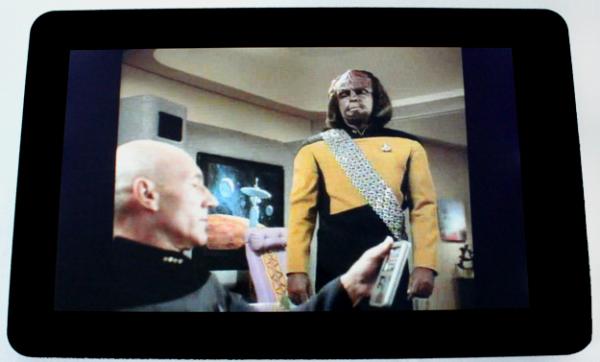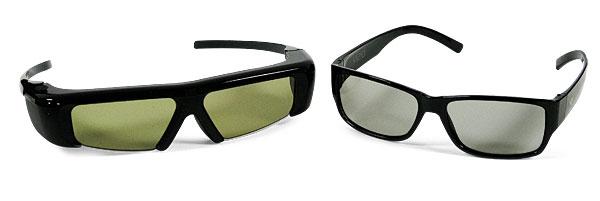LATEST ADDITIONS
There are many pros and cons to consider with each technology. Active-shutter glasses unequivocally provide full 1080p resolution to each eye, but they also block more light from reaching the eyes than passive glasses, so the image is typically dimmer. In addition, many people complain about seeing a flickering effect with active glasses that is nonexistent with passive glasses, and active systems are more prone to crosstalk/ghosting. And don't forget that active glasses are much more expensive than passive glasses, not to mention that active glasses are heavier, bulkier, and require replaceable or rechargeable batteries. On the other hand, while FPR displays often have a wider horizontal viewing angle, they have a much narrower vertical viewing angle. And they might not deliver full 1080p to each eye, though this is hotly debated, as discussed in my recent blog.
So which 3D flat-panel technology do you prefer—active-shutter glasses as championed by Panasonic, Samsung, Sharp, and Sony, or FPR with passive glasses as espoused by LG, Toshiba, and Vizio? If you haven't actually experienced them, which one seems more appealing to you?
Vote to see the results and leave a comment about your choice.
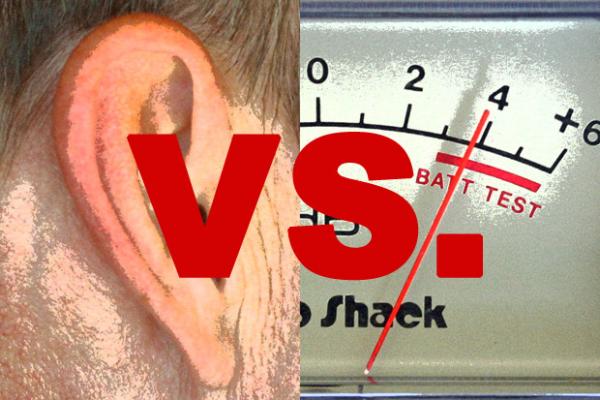

 Eisuke Tsuyuzaki, CTO of Panasonic North America, talks about the importance of online apps in TVs and other consumer electronics products for content delivery and social interaction (including Skype, which he used on a Panasonic Viera VT30 during the podcast), the success of 3D in its first two years, issues surrounding 4K, the importance of mobile content, ultra-premium flat panels, answers to chat-room questions, and more.
Eisuke Tsuyuzaki, CTO of Panasonic North America, talks about the importance of online apps in TVs and other consumer electronics products for content delivery and social interaction (including Skype, which he used on a Panasonic Viera VT30 during the podcast), the success of 3D in its first two years, issues surrounding 4K, the importance of mobile content, ultra-premium flat panels, answers to chat-room questions, and more.
